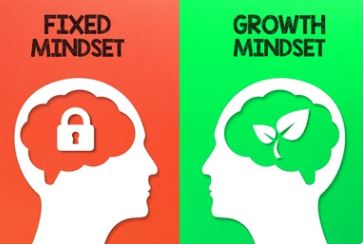Title: Navigating Career Transitions: Strategies for Midlife Professionals
Introduction
Embarking on a career change in your 30s, 40s and especially the 50s can be both exhilarating and challenging. Whether you’re feeling unfulfilled in your current role or seeking new opportunities, making a successful midlife career transition requires careful planning and strategic thinking. In this blog post, we’ll explore insightful strategies and practical tips tailored for men navigating career changes during this pivotal stage of their professional lives.
- Self-Reflection: Understanding Your Motivations Before diving into a career change, take the time for introspection. Reflect on your strengths, passions, and values. Ask yourself what truly motivates you and what you want from your career. Understanding these aspects will serve as a solid foundation for making informed decisions during your transition.
- Skill Assessment: Bridging the Gap Identify the skills and knowledge required in your desired field. Conduct a thorough analysis of your current skill set and determine the gaps that need to be filled. Consider enrolling in relevant courses, workshops, or certifications to acquire the necessary expertise for your new career path.
- Networking: Building Connections in Your Target Industry Establishing a robust professional network is crucial for a successful career change. Attend industry events, connect with professionals on LinkedIn, and consider informational interviews with individuals who have successfully transitioned to the field you’re interested in. Networking can provide valuable insights and open doors to potential opportunities.
- Resume Revamp: Highlighting Transferable Skills Craft a compelling resume that emphasizes your transferable skills. Showcase experiences and accomplishments that align with your new career goals. Tailor your resume for each application, emphasizing how your past experiences make you a valuable asset in your chosen industry.
- Continuous Learning: Embracing Lifelong Education In a rapidly evolving job market, staying current is essential. Embrace a mindset of lifelong learning by consistently seeking new knowledge and skills. This not only enhances your professional value but also demonstrates to potential employers your commitment to growth and adaptation.
- Seeking Mentorship: Learning from Others’ Experiences Connect with mentors who have successfully navigated career changes. Their insights and advice can be invaluable as you navigate the challenges and uncertainties of transitioning to a new field. Seek guidance on overcoming obstacles and making informed decisions.
- Financial Planning: Managing the Transition Period A career change often comes with financial implications. Develop a realistic budget and financial plan to sustain yourself during the transition period. Consider saving a financial buffer to ease the potential challenges that may arise as you make your way into a new career.
Conclusion
Embarking on a career change in your 30s and 40s is a courageous step toward a more fulfilling professional life. By combining self-reflection, skill development, networking, and strategic planning, you can navigate this transition successfully. Embrace the opportunities for growth and learning, and remember that your midlife career change is a journey towards a more fulfilling and rewarding future.






